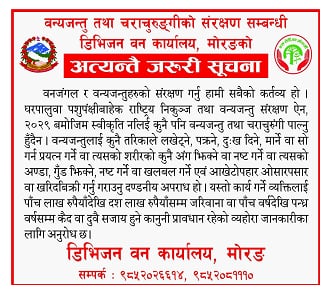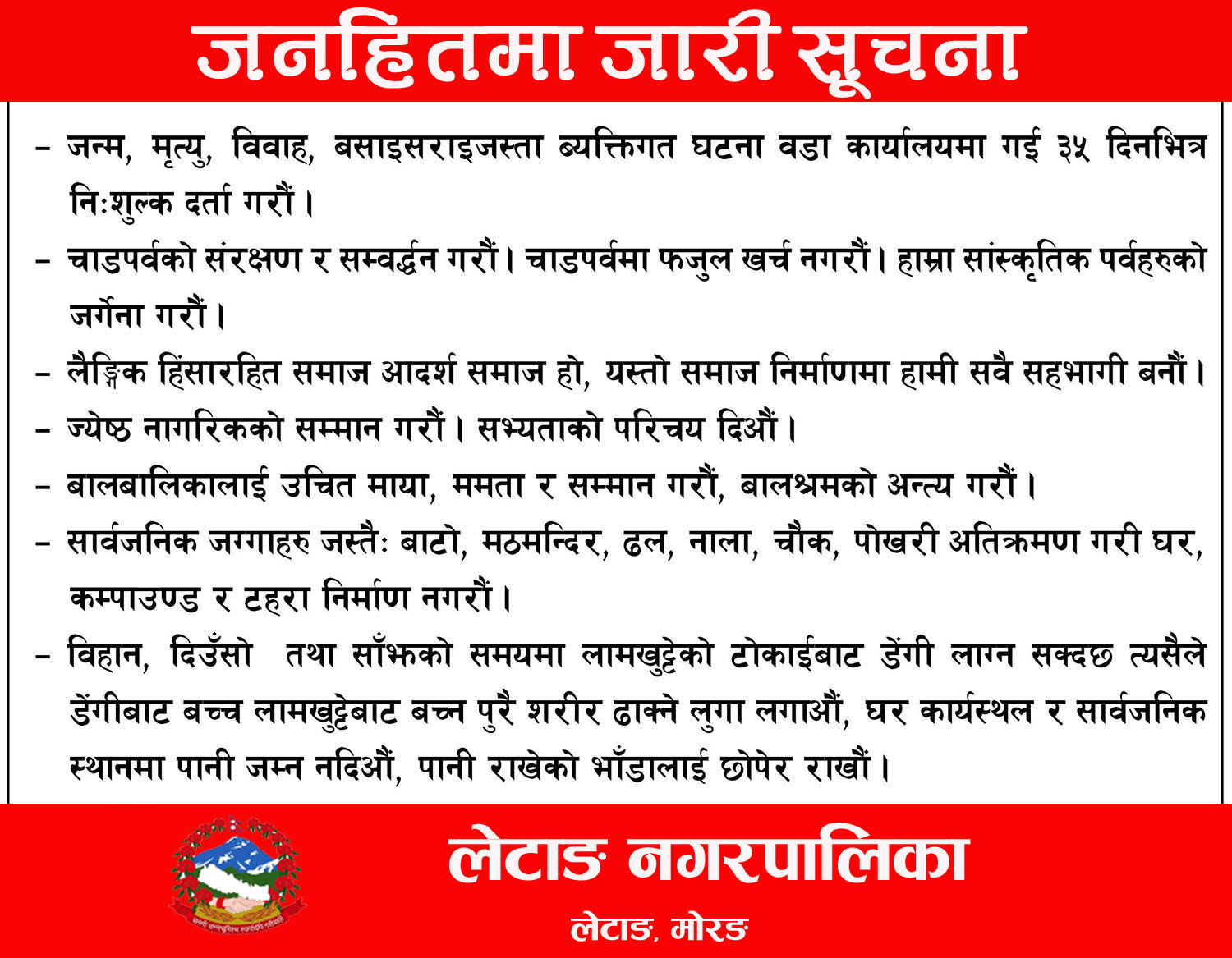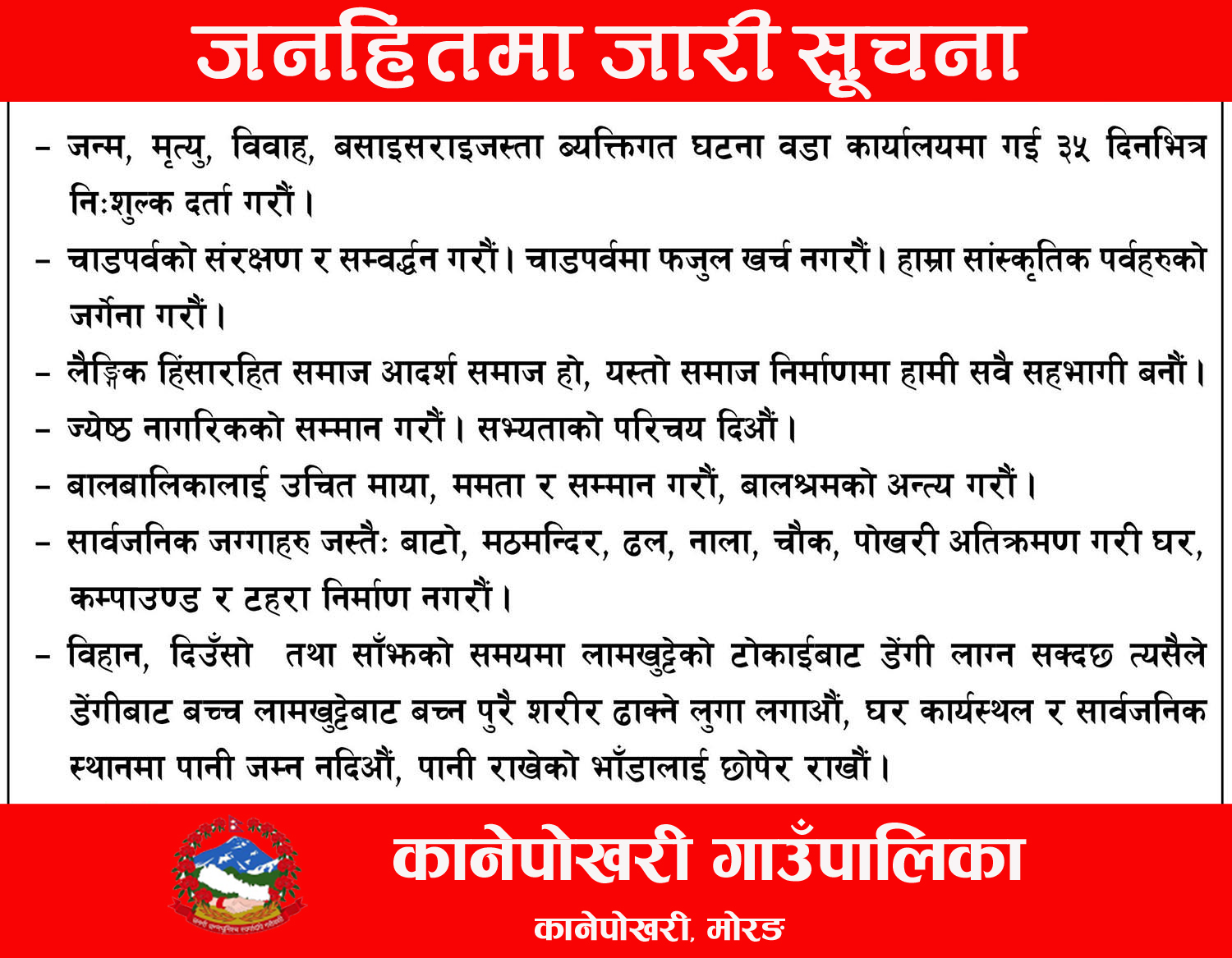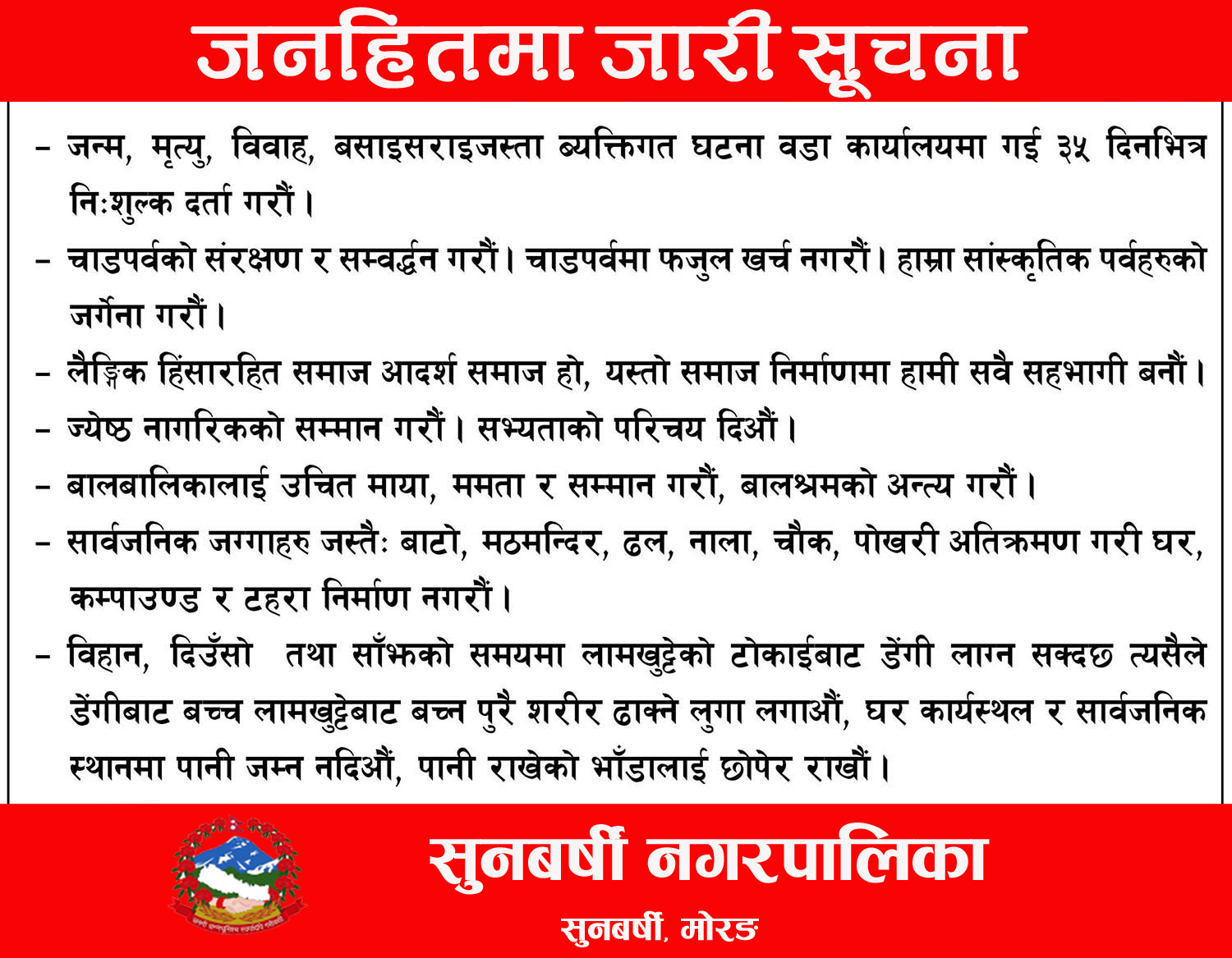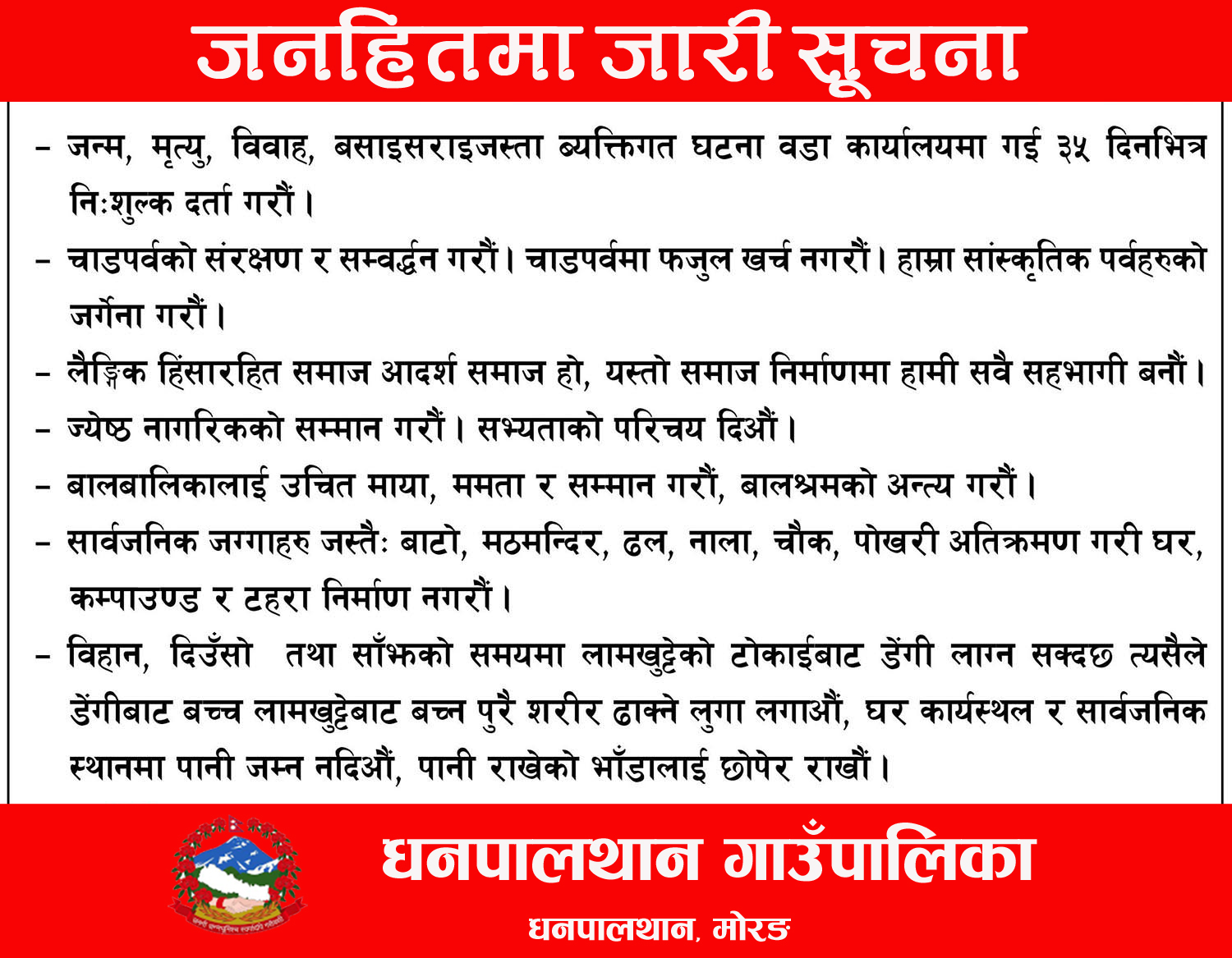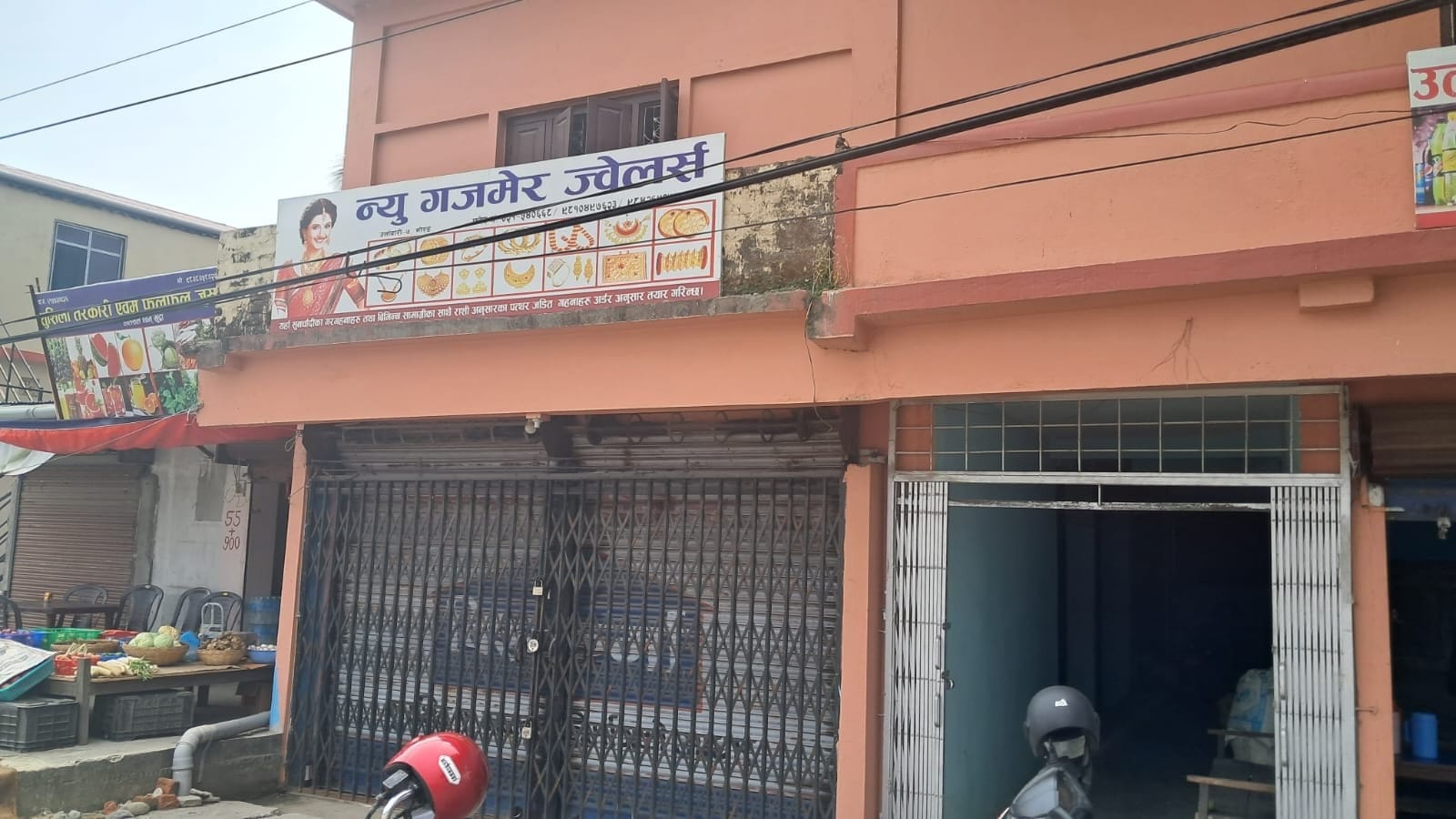
Who doesn’t want their name and fame to linger on till generation and generation? Everyone wants to invest a big lump of sum on futuristic ploy{goal} and ideas which isn’t outdated or overcome easily by any near future development project.
There are few some that have stayed and endure and seen various eras in their life time within their respective market and travelled throughout the world and flourished. ‘’White gold’’ of agriculture is one among those.
Cotton the ‘’White gold’’ of commercial crop has kept its dignity as one of the long running commodities [fabric] in textile industries since its inception. It has been spun, woven, and dyed since prehistoric times. It is the most significant natural fibre and hssas been a preferred choice of the textile industry and consumers since the industrial revolution began. The share of man-made fibres, both regenerated and synthetic fibres, has grown considerably in recent times and even notable mass of the industry has migrated to other natural and man-made fibres but cotton still remains its soul and has also been on the rise.
Polyester, a man-made synthetic fibre that came to existence only half a century ago due to many research and is formed from petroleum product i.e. plastic material. This fabric still has been prevailing on the textile and apparel market due to its suitability for making athletics wear and higher durability, less cost and lighter weight in comparisons with cotton.
Though both are fibre and loved in the textile industry but cotton is everyone’s favourite; they come from different source with different properties of their own, which changes every prospective of them.
In a short comparison among them: –
- Being a natural fibre, cotton is a renewable resource and is biodegradable where is polyester is a synthetic fibre made out of petroleum which isn’t degradable and pollutes the environment.
- The greatest advantage of cotton is its breathability i.e. In hot weather, it’s a great option for keeping your body cool as it even better retains moisture then polyester
- No one wants a dull skin so in order to preserve skin moisture a soft fabric will be more alluring than any synthetic fabric as it doesn’t irritate skin and has low changes of causing any allergy{hypoallergenic}.
- It can be blended with pretty much any fabric, and its uses can be extended to any type of product that requires textiles and has been the soul of textile industry.
- Cotton is reputed for being very clean and is antibacterial and anti-fungal i.e. cotton can help to sustain a clean and fungal-free environment.
- Cotton bedding are luxury because of its comfiness and benefits and are quite affordable as compared to polyesters.
- Polyester being a synthetic fibre is highly flammable as compared to cotton fabric so cotton can be wore while doing high temperature and sparkly works.
- Since the major source of polyester fibre are petroleum, as by 2050 and upcoming years the petroleum mines will dry down and the price of polyester fabric will be increasing resulting into market failure or suppression by cotton.
- Since cotton is a natural fibre it gives less stress to environment while the process of manufacturing of a synthetic fibre is tedious and stressful to environment due to gases and harmful by-product emission.
In spite of severe competition with synthetic fibres, cotton continues to enjoy a place of prime importance in the textile industry and is still accounted for half of the fibres used for apparel{cloth} and textile goods and will have even more prevailing and long-standing future up head.
Production of cotton in Nepal
Nepal is a land locked country boarded by India in south, east and west and China in north. It is rich in biodiversity including agro-biodiversity. cotton is among the few cash crops that thrive well in the fragile regions, where few other employment opportunities exist. Cotton farming is an age old economic activity, which is widespread even in remote hilly regions of the country. Considering its direct and indirect employment effect, cotton can be the basic income sources for millions of people in Nepal. Cotton is also the main raw material source for industrial products manufactured worldwide. Thus, contribution made by cotton to the fibre and food industries continues to grow its importance.
Cotton has been grown in Banke, Bardiya, Kailali, Kanchnpur, Dang and Dote irrespective of irrigation facility. The area has annual rainfall of between 1000-1500 mm and the crop season lasts from June to December. It is estimated that 48,000 tons of cotton can be produced annually and 14,000 household can be engaged in cotton production in the country. At present cotton is produced in less than 2 percent of the total productive land of the total viable area and yield of 1.03mt/ha has been found.
Some of the constraining factors contributing to low yields are: –
- high costs of pesticides, fertilizers,
- poor seed quality, and
- lack of access to credit.
- Lack of know how,
- Lack of certified seed in the country is a major problem since it impacts on the quality integrity and germination rate of the cotton.
The productivity could be increased by
- Encouraging farmer Since there is higher demand for cotton in world.
- Insuring proper supply of fertilizers and higher quality seed.
- Availability of cheap, small agricultural mechanization
- Developing proper value chain market system with collaboration with various organization
- Proper practices and posting of well knowledgeable supervisor
- Extra preventive measure for cotton bud picking.
Thus, if proper plans and policies with sure sort actions can be carried out for the development of cotton production Nepal can have a whole turn over with export of raw cotton or textile goods from Nepal resulting in the prosperous era of black and dim future into bright and white with cotton the White gold.
Superb Dhungana
4th semester
Gauradaha agriculture campus
Tribhuvan university

















